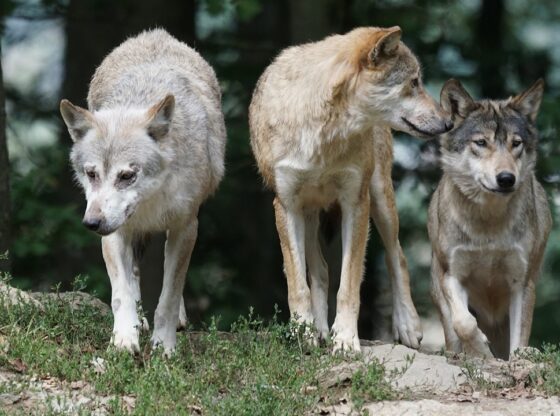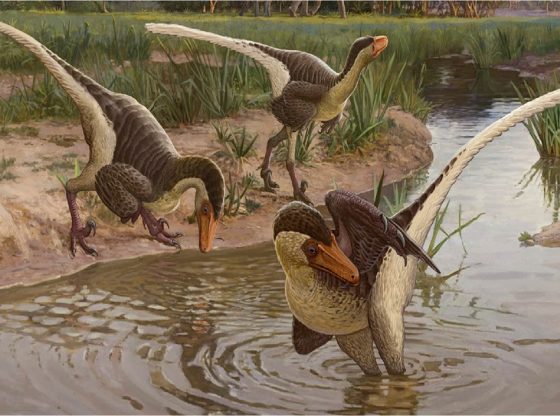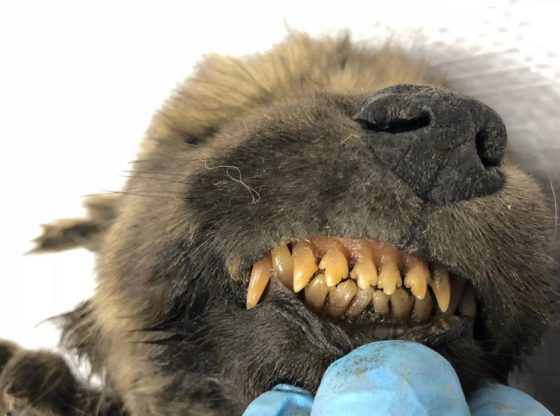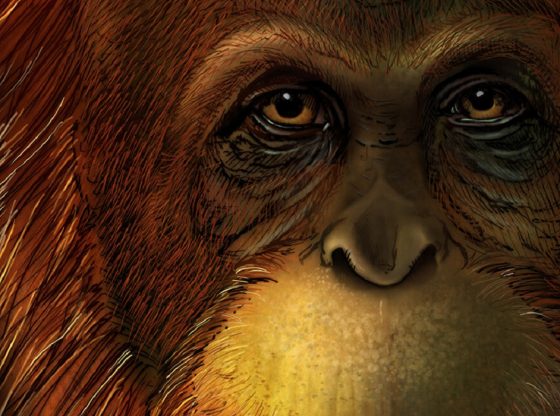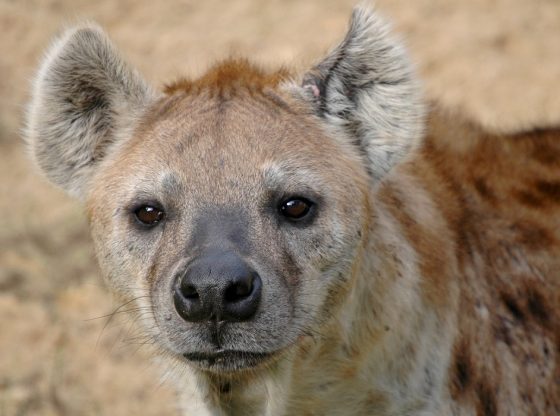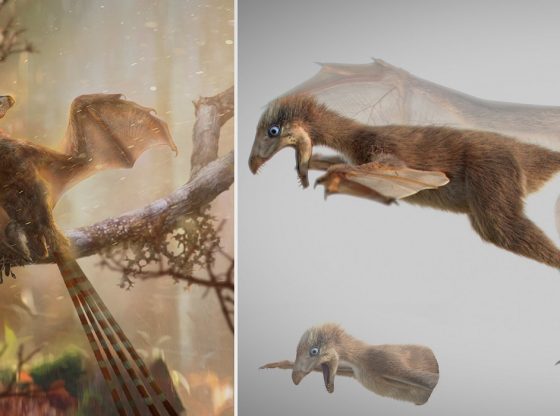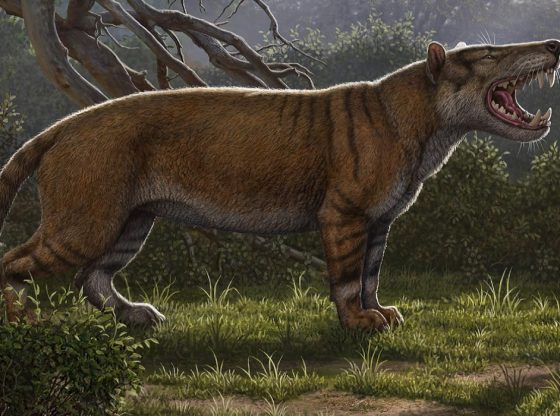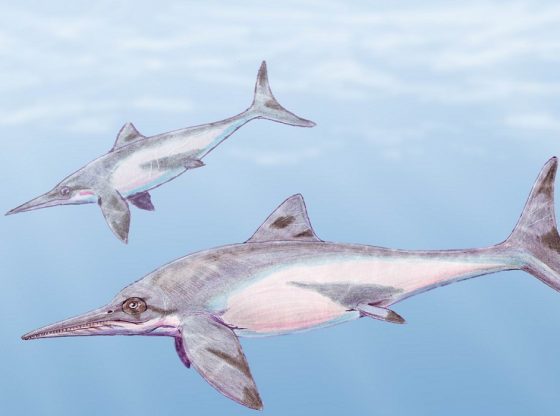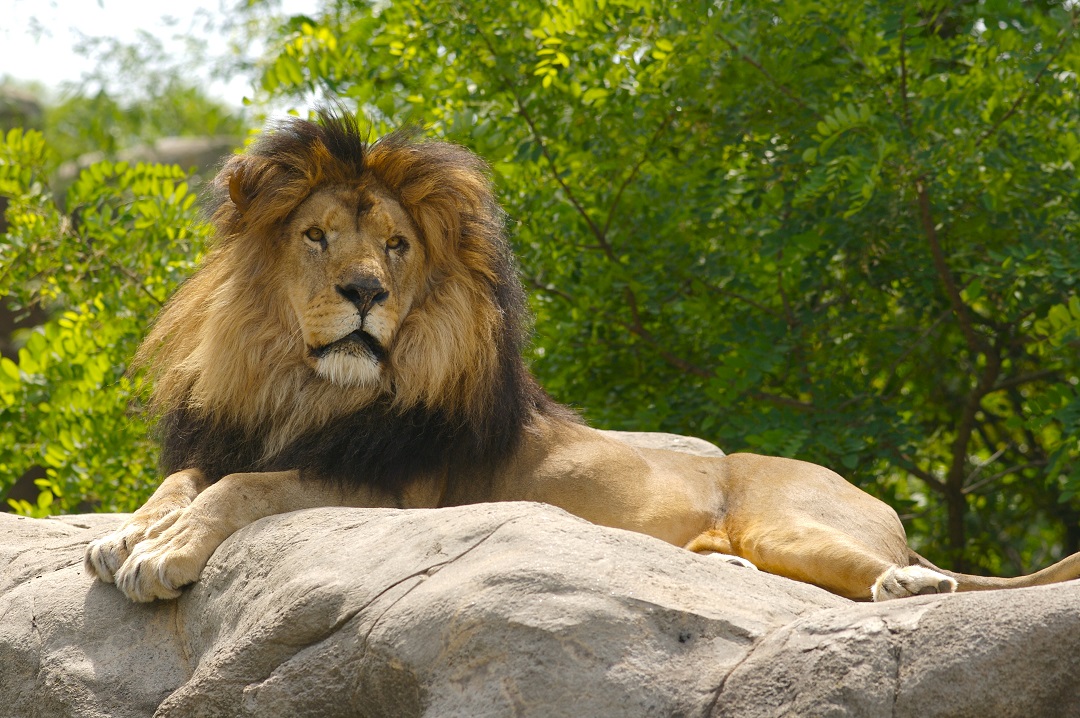
Competition played a larger role than climate change in the development of the Canidae (dog) family, for which wolves, foxes, and coyotes are included – according to a new study. The arrival of felines (cats) to North America contributed to the extinction of as many as 40 canine species.
Dogs Originate in America and Cats in Asia
Some 50 million years ago the Carnivoran species split into two main divisions: caniforms (dog-like) and feliforms (cat-like).
Some 40 million years ago, the first member of the Canidae family had arisen, named Prohesperocyon wilsoni, its fossilized remains have been found in what is now the southwestern part of Texas.
The Canidae family reached a maximum diversity around 22 million years ago when more than 30 species existed on the North American continent. The species increased in diversity, some became bigger, others smaller, some specialized on larger prey, other smaller prey and some of them exceeded 30 kilos and was among the largest predators on the North American continent.
By around 300,000 years ago, many subspecies of the gray wolf (Canis lupus) had developed and then spread throughout Europe and northern Asia.
The feliforms evolved into the Felidae family of cats in Asia and then spread across continents by crossing land bridges.
Mitochondrial and nuclear DNA reveals that ancient cats evolved into eight main lineages that later diverged, and spread across the world in at least 10 migrations.
Arriving in North America
When cats arrived in North America (around 8.5 million years ago) migrating across the Bering Straits, this would have great impacts on the fauna of both predator and prey.
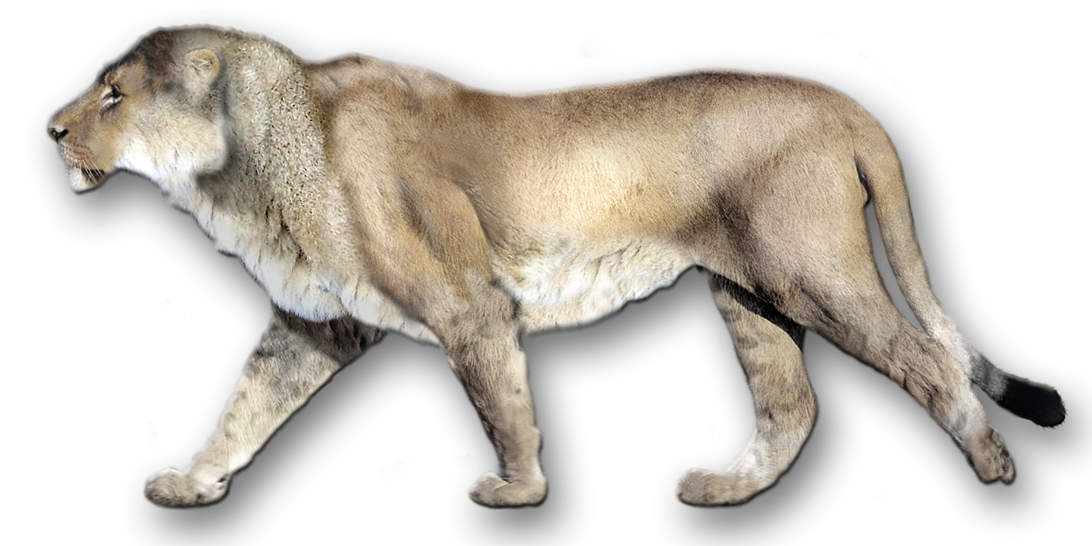
An international team of researchers from the Universities of Gothenburg (Sweden), São Paulo (Brazil) and Lausanne (Switzerland) has analyzed over 2,000 fossils, indicating that the arrival of the feline species to North America had fatal impacts on the diversity of the Canidae family. At least 40 species of Canidae went extinct.
Their research resulted in a paper The role of clade competition in the diversification of North American canids recently published in PNAS.
The paper presents evidence that cats and the competition between predator species probably had a much larger effect on biodiversity than climate change, which is unusual.
Cats vs Dogs
The once dominant predator on the continent was effectively reduced when they faced a more efficient predator. Today only 9 species of the Canidae family exists in North America.
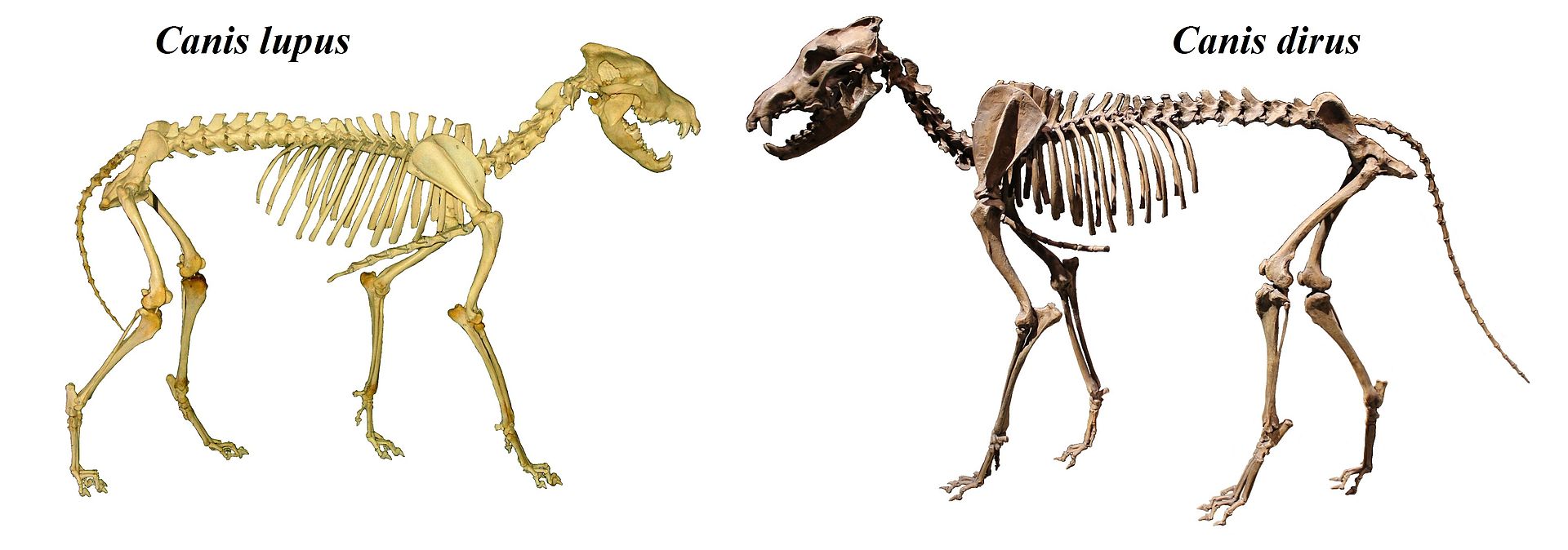
The evolutionary success of any carnivorous animal is inevitably linked to its ability to acquire food.
With a finite number of prey animals within the same area, the competition between predators will inevitably affect both predator and prey.
The North American continent was probably the scene for dynamic changes during a couple of thousands of years when predators competed for prey. That the feline species had a great negative impact on the survival of the candidate species is most certainly true.
______________
The role of clade competition in the diversification of North American canids
____________________________

